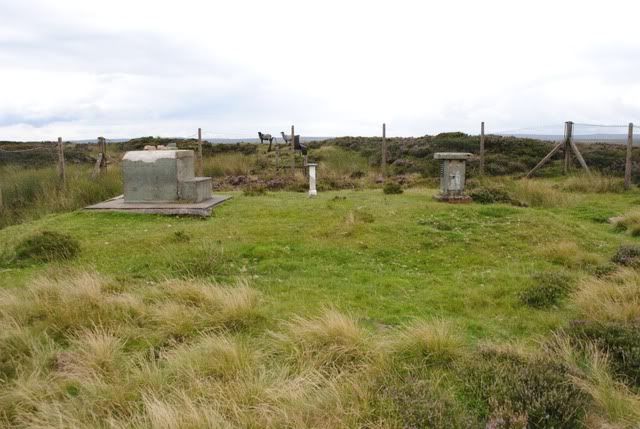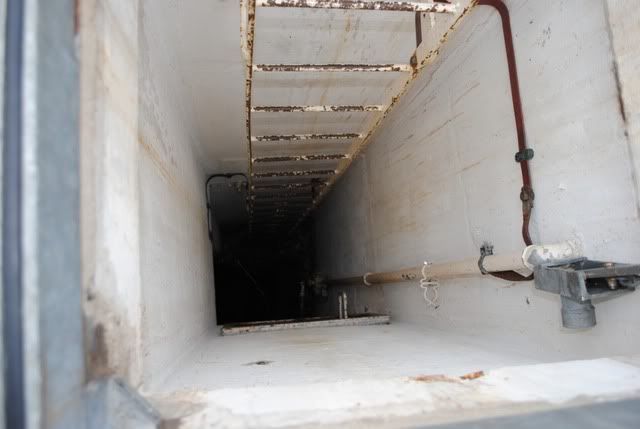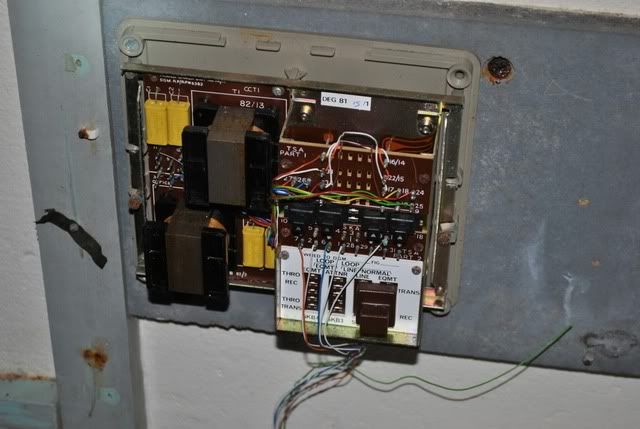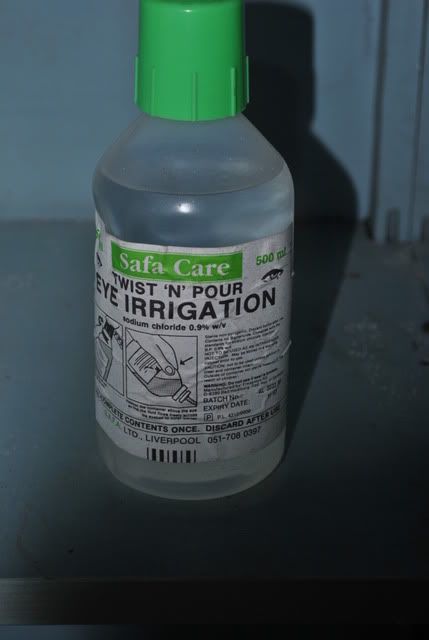The Royal Observer Corps (ROC) were a civil defenceorganisation operating within the United Kingdom between 29 October 1925 and 31 December 1995.
The members of the ROC were civilian volunteers and were stood down at the end of 1995 (ROC headquarters staff at RAF Bentley Priory stood down on 31 March 1996).
All ROC personnel wore an RAF style uniform and latterly came under the administrative control of the RAF Strike Command (High Wycombe) and the operational control of the British Home Office. The Civilian volunteers were trained and administered by a small group of professional full-time officers under the command of the Commandant Royal Observer Corps, and latterly serving the RAF Air Commodore.
The Cold War
In 1957, the UnitedKingdom, Warning and Monitoring Organisation (UKWMO) was established under the control of the Home Office.It was intended that the UKWMO would provide both civil and military authorities in the UK with essential information during a nuclear attack, with the ROC providing primary data on the position and magnitude of atomic weapons detonated during any such attack. This data would be used by the UKWMO, in conjunction with weather information provided by the Meteorogical Office, to produce a forecast of radioactive fallout. Fallout would be monitored as and where it occurred, with its actual location and strength mapped using data obtained from instrumentation at ROC posts. Such information when combined with ROCMet, (data concerning actual wind speed and direction obtained from cluster Master Posts equipped with wind anemometers and other basic meteorological instruments), would permit the dissemination of accurate forecasts predicting the distribution and strength of nuclear fallout.
In 1962, the forty ROC Groups were reorganised and reduced in number to thirty one, with a further reduction to twenty five taking place in 1968, including the control in Lisburn Northern Ireland. Service age limits of 16 to 65 were introduced, with service after the age of 65 only occurring where replacements could not be recruited, subject to annual review, and where appropriate medical certificates could be provided. (Some individuals acting as wartime post observers had served well into their seventies and eighties, although wartime centre observers had been forced to retire at fifty).
To enable the ROC to operate in a nuclear environment, changes were necessary to both centres and posts in order to provide protection against blast effects and radiation from nuclear bursts. It would also now be necessary for control centres and observation posts to be occupied for a period of between seven and twenty one days following any nuclear event. Between 1958 and 1968 a countrywide building programme resulted in a network of 1,563 underground monitoring posts, approximately eight miles apart, distributed throughout England, Scotland, Wales and Northern Ireland, at an estimated cost of almost £5,000 each. The posts were excavated to a depth of twenty five feet, a monocoque, reinforced concrete structure was cast and bituman tanked (or waterproofed), before the whole structure was covered by a compacted soil mound. Entry was facilitated by a steel ladder in a vertical shaft leading to a single room, providing accommodation for three observers to live and work, with a separate toilet compartment with chemical closet. Air was circulated from grilled ventilators at both ends of the post and electricity was provided by a crated 12 volt lead acid battery, charged occasionally by a portable petrol/electric generator. New instrumentation detected the peak overpressure from any nuclear burst, together with photographic indications of the burst location and size, plus resulting levels of radiation. Conditions in these spartan posts were cramped, cold, and in most cases damp. It was indeed fortunate that prolonged periods of occupation never proved to be necessary.
ROC centres were renamed as Controls and provided with bomb proof nuclear protected buildings. A small number of these were converted from suitable pre-existing Second World War anti-aircraft operations rooms (AAORs), with the remainder specially constructed as above ground or semi-sunk blockhouse buildings. These were constructed to a standard layout, dependent upon the subsoil composition at the construction site. Controls provided living and operational accommodation for up to a hundred observers and UKWMO warning teams. Included in the centre layout were male and female dormitories, kitchen and canteen provision, life support systems and decontamination facilities, a communications centre and a split level central operations room with balcony positions.
In the vicinity of each control was a compact, brick built shack called the Radiac Store, which housed approximately 20 nuclear radiation sources in the form of milled metal discs. These discs, with strengths of 0.5 rontgen , 1 röntgen, 5 röntgens and 10 röntgens, were securely stored in lead-lined containers. Discs had to be audited monthly which entailed an ROC officer physically counting the discs into the palm of their bare hands, with the results being recorded in a log book. (This task was usually achieved with a degree of haste). Discs were used to calibrate and check the stocks of radiac instruments and for simulated live-training using such instruments. In practice, Health and Safety at work regualtions introduced in the 1970s resulted in radioactive sources being rarely if ever used, and as a result they seldom left the radiac store. Discs were finally withdrawn from service and returned toAldermaston during the mid 1980s, with the last exercise involving such live radiation sources taking place at RAF West Raynham in 1980, during the annual ROC summer training camp.
{some text borrowed from wikipedia}




